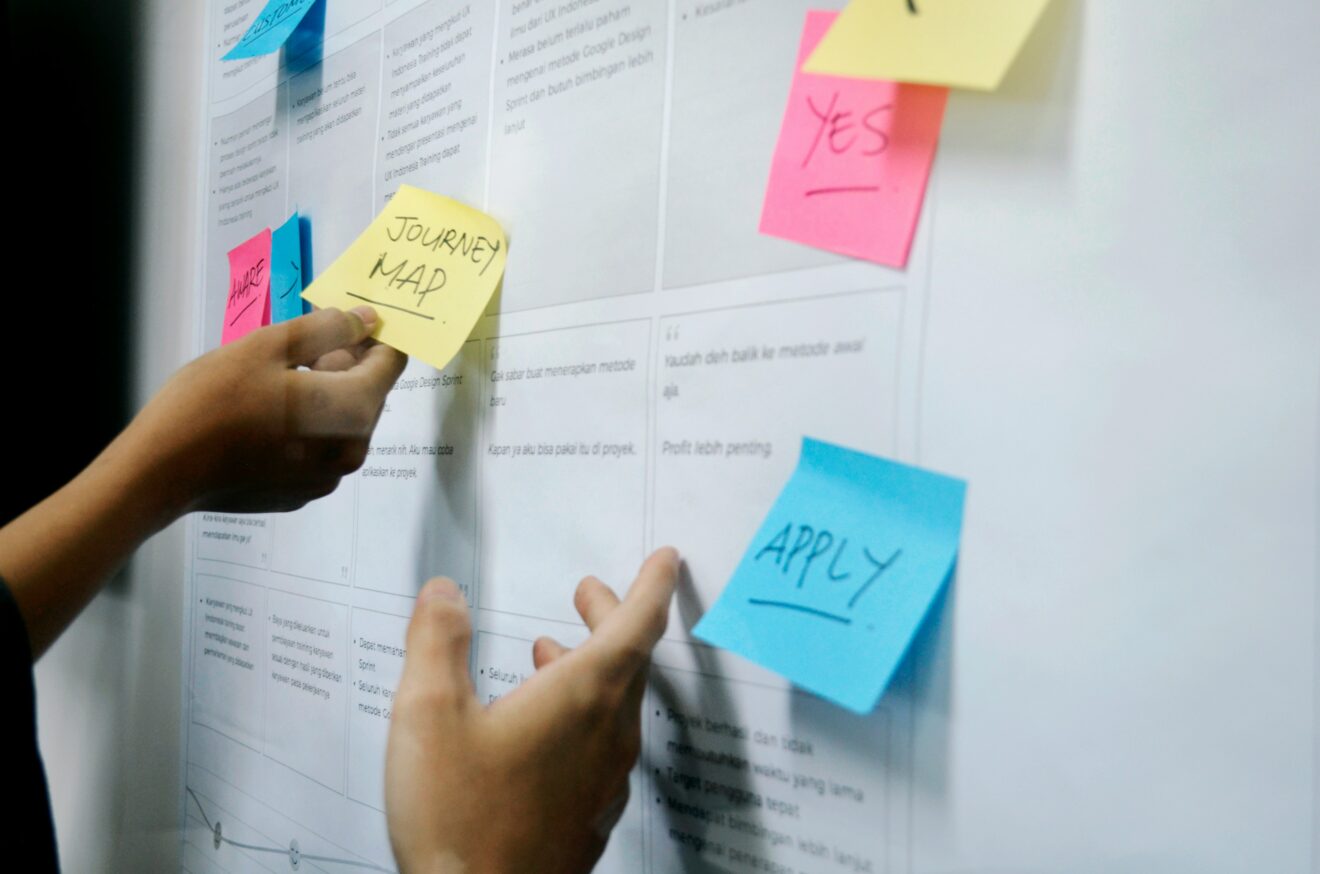Most of what happens in higher education is based on services. Whether the user is a student, a staff member, or a member of the wider society, there are many services that take place within the walls of every institution. These services are created by someone. Just as when a table or a cup is made by someone, it must be designed first before it can be implemented. This also applies to all services.
The hidden architecture of higher education
Services in higher education need to exist so that Higher Education Institutions (HEIs) can engage in and complete almost every function they have. Every country is different in how they set up HEIs, but there are many of the same services that are required. Some of these are:
- admissions
- orientation
- housing services
- sports services
- alumni services
- health services
- library services
- career services
- event services
- research services
- project services
- arrival services
- international office services
- human resources
- finance
- IT services
The list is long and constantly evolving and refining depending on how the institutions are funded. Some of these services are even outsourced to external companies. Every one of these services has been created by an individual or a group. It doesn’t matter if they are done well or poorly, they have been put together to try to address an issue that needs a specific outcome, like entry to a university or housing for students for example.
Are the services purposefully designed?
It is not often that you will hear people talk about the design of services. There seems to be this distance between the service existing and people thinking about how it was created. ‘Design’ is also not a word that people associate with services in general. We all know that products are designed. We also understand that posters, marketing materials, and even Stockmann’s windows need to be designed. But rarely is the case where we think about the process of applying for an exchange programme as being designed.
What design really means
Design is not only about drawing and creating tangible products or about an architect creating a building concept. Design is a much broader term that also includes how people will use the building. It is also about processes to make things accessible and understandable. Design is about listening, mapping, testing, and iterating.
At the very beginning, design is a mindset that needs to be embedded in the minds of people. It is about understanding why it is important that services need to be designed in the first place. This mindset is called human-centred design. The person who embarks on creating new services or fixing ones that already exist but do not work so well need to begin by understanding and implementing human-centred design as the beginning of the process.

© Marjaana Malkamäki, Metropoli
From guesswork to insight
By understanding the user perspective, you can understand the challenges that they face and the problems that need to be solved. Without using human-centred design, the person that is creating a service will be giving it at best, a good guess which is riddled with biases – intentional and unintentional.
The best thing about human-centred design is that anyone can learn it and adopt it. It requires the individual or group to accept that they may not know the right answer or have all the evidence they need. It will also require them to be willing to test any assumptions that they might bring with them.
Empathy, curiosity, collaboration
Human-centred design is about empathy, curiosity, and collaboration. These three essential qualities of human-centred design each bring something different:
- Empathy helps you to understand the users – in HE, that is students, staff, and external stakeholders
- Curiosity drives you to ask deeper questions about their needs and demonstrates a desire to understand
- Collaboration ensures that the solution isn’t created in isolation
There are many ways that you will employ your empathy and curiosity, such as individual interviews, surveys, observations, and workshops to explore all kinds of needs. Once you know who you should be talking to, you need to figure out the best way to collaborate with them.
You can collaborate with them to co-design processes and services. They can come along and test what you have been creating in between workshops or other meetings. The feedback that you will get from these different stakeholders, whether internal or external, will help you to create a usable and useful service faster and better than you could alone.
The diversity of input and collaboration through different functions within the university and different kinds of end users will help you to build a robust and practical process or service that serves the greatest number of users in the best possible way.
Service design: a toolbox for change
When you apply human-centred design in the development or improvement of services you are doing service design. The service design toolkit can be employed by anyone who knows how to use it. It comes with a ready-made, repeatable, and verified set of tools and instructions that can be used as the situation requires.
The beauty of service design is that it is not just theoretical, it is meant to be applied to real-world issues. It does not matter if those challenges are new or evolving. You might find yourself facing issues such as:
- A decreasing number of first-year students attending orientation
- An increased volume of calls to the international office asking how to apply for funding or a study place
- Bottlenecks that are slowing down key processes
- Pressure to make services or systems more efficient
- Frequent complaints about delays in receiving new login credentials after a password is forgotten
- Staff confusion about how to dispute a salary payment
These are just a few of the many areas in HEIs where service design can make a meaningful difference.
Design your way forward
Inevitably, we are the designers of the services our unit offers. Being proactive in understanding who really uses our service and what they are trying to achieve is essential. Wanting to fix a problem that you see every day is the first step in making better services. Utilising service design will make your solution fit-for-purpose, impactful, and successful.
Everyone working at an HEI should understand service design and how it can help their own work, and those they work with and serve.
Author
-

Pamela Spokes
Specialist, TurbiiniPamela Spokes BA, MA, MBA, AmO. Educator in Service Design and Entrepreneurship with the Turbiini Pre-Incubator Programme in English.
About the author



